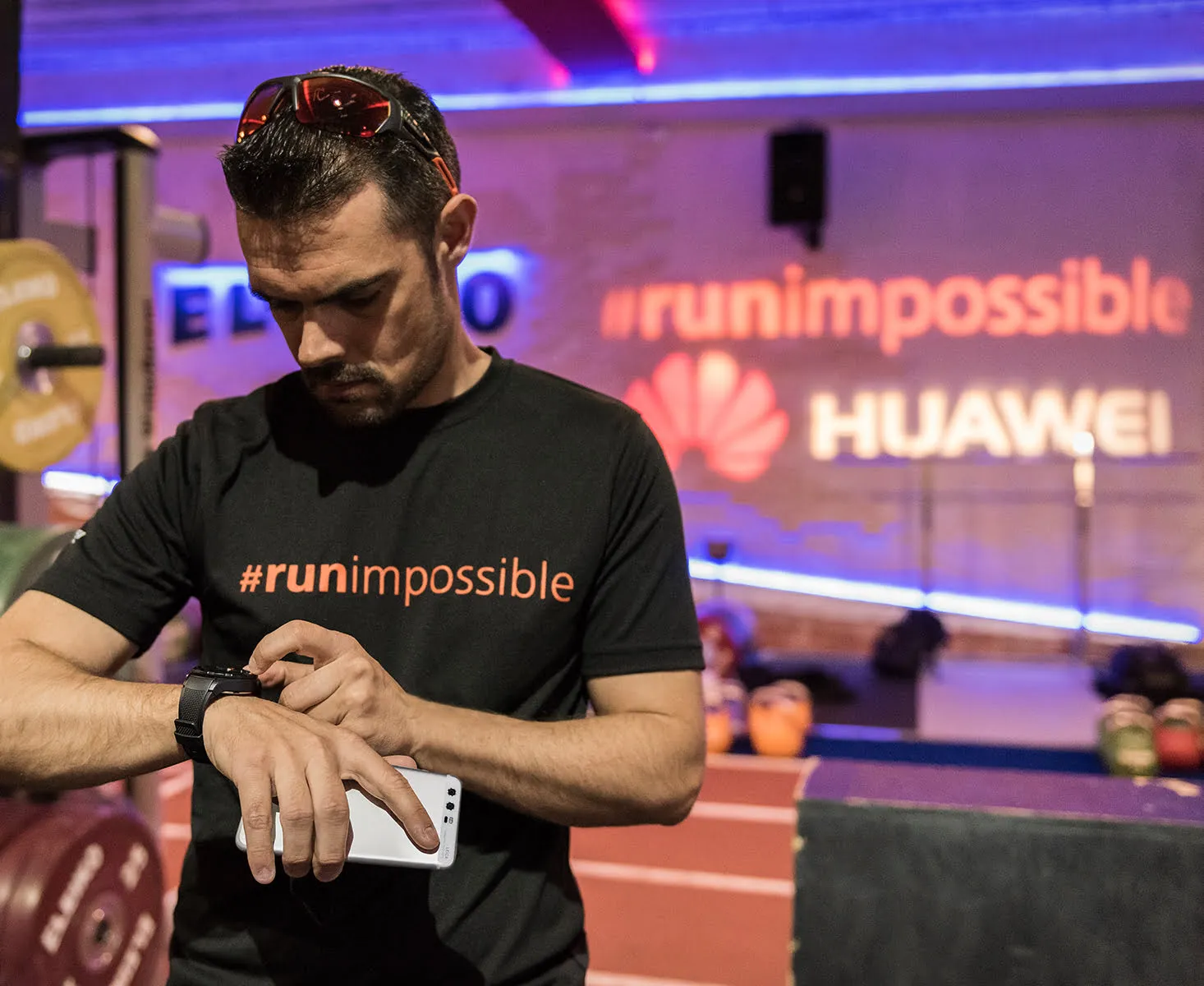For years, the retail fortune tellers have decried the end of things as we know them for physical stores, and for good reason. Ecommerce, with its unparalleled convenience and product selection, has effectively carved its place at the forefront of buying and selling. So much so, that it seemed like online retail had it all figured out – but then Amazon made an interesting play.
After experimenting with pop-up shops and kiosks in malls and grocery stores around the country, the tech giant opened permanent brick and mortar locations in select cities earlier this year. The new chain of convenience stores, dubbed Amazon Go, touts a few tech enhancements, such as automated checkout, but sells a lot of the same products you’d find at your local 7-Eleven. You know, that and Kindles.
At first glance, a handful of stores scattered around Chicago, Seattle, and San Francisco may not sound like a big deal, but Amazon has huge plans for Go. One report indicated that Amazon is considering opening as many as 3,000 locations by 2021. So, what gives? If the future of buying and selling is online (as some industry analysts suggest), why would the world’s second largest retailer, who by all measures is winning from every angle, invest big in brick and mortar?
Stores offer something that ecommerce platforms simply can’t
Just because we live in an increasingly digital world doesn’t mean ecommerce is without its flaws. Shopping online (even somewhere as reputable as Amazon) has drawbacks that will prevent the phasing out of physical retail for at least the foreseeable future, if ever. One possible motive for Amazon’s move is that it recognizes the need to offer something more than sheer convenience. With Go, Amazon appears keen to create physical spaces for consumers to make immediate, in-person purchases that side-step a few of the key drawbacks to shopping online. So, that begs the question – what is it that brick and mortar stores provide that ecommerce platforms can’t?
Photo: www.patch.com
An IRL experience
In a time where digital rules the world, real-life experiences have value. And that includes the experience of being in a store. Until Go came along, Amazon was a virtual, intangible platform that offered convenience and selection – but not much else. The reason brick and mortar stores are still relevant today is because people genuinely still prefer in-store over online shopping for a variety of reasons. In a survey conducted by eMarketer, 70 percent of respondents said they wanted to see or touch an item in person before making a purchasing decision. Forty-one percent cited the freedom to browse as the reason for preferring brick and mortar shopping. The study also found that even digitally-native millennials prefer the “pleasant experience” of shopping in a store.
But with the retailpolcolypse upon us, a “pleasant experience” may not always be enough. Amazon Go has it’s technology, which not only provides convenience but a novel experience (“I can just walk out with this stuff, just like that?”). But, whether due to budget or scope, this type of tech-centric experience isn’t a fit for every brand. It is for this reason that experiential retail and even “retailtainment” have entered the conversation. And these are more than just buzzwords.
Successful brands are watching the likes of Toys ‘R Us and other giants fall, and they are responding by making their spaces more than a store, but a destination. A great example is London’s House of Vans, in which the skate shoe brand has opened a space that is almost unrecognizable as a “store.” The spot includes a live music venue, skate park, and more, serving as a place “where young people can not only shop but spontaneously socialise.” In the world of retail, it is this type of innovation that will continue to push brick and mortar to thrive.
Brand Intimacy
Modern consumers are less apt to find allure in brand names. They dislike faceless corporate entities, instead preferring to know not only what they are buying, but who they are buying from. They want the brands they choose to feel human and, like a human, they want to have a relationship with them. And research suggests “strong relationships between brand love and its consequences (brand commitment, positive word of mouth, and propensity to pay a higher price for the brand).” How consumers feel about a brand directly effects that brand’s reputation and long-term financial success. Up until this point, Amazon has had little brand intimacy, existing primarily as a logo and a check out button. With brick and mortar, they can be more.
Brick-and-mortar offers a key ingredient that ecommerce doesn’t – human interaction. If consumers are looking for “human” brands, then logically the human experience is the most impactful way to connect, engage, and build brand equity with them. It is that give-and-get that results in brand recall and creates intimacy. As Will Hong, ALB Director of Strategy points out, some brick-and-mortar-based companies have found ways to capitalize on their physical presence and stay in the game, despite competitive pressure from the online world. “Best Buy is a good example of a brand that doubled down on who they were when facing threats from online competitors,” he said. “The company literally came back from the dead, in large part by beating Amazon at it’s own game – price and service. But in this case, their offline presence became, and still is, an advantage – for now. We look forward to seeing how this dynamic changes with Amazon Go in the picture.”
Conclusion
The retailpocalypse is real. While ecommerce continues to boom, plenty of brick and mortars are closing up shop. But, the things people love about shopping in a physical store remain. Stores are a place for people to go, to browse, to be surprised. They give brands a platform with which to differentiate themselves, where they can leave the store with what they came for – and more. Perhaps the future of retail is not tech-based, but tech-integrated. It will be those brands that can find success in both online and offline spaces that will win. Or, at least it seems Amazon thinks so.







